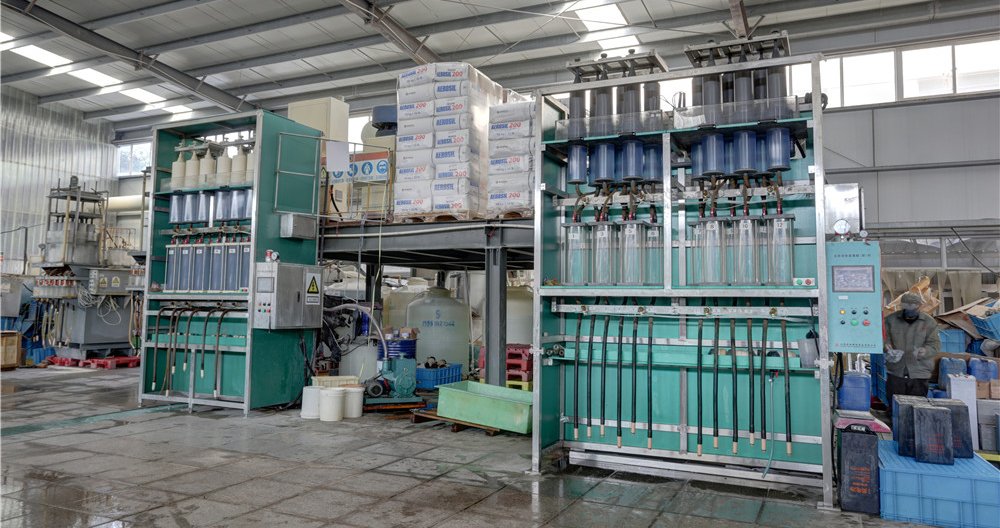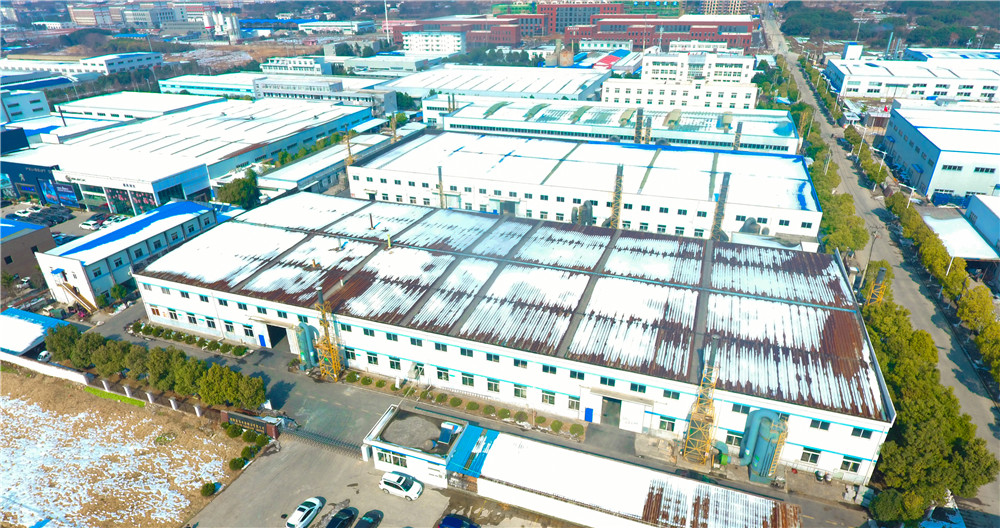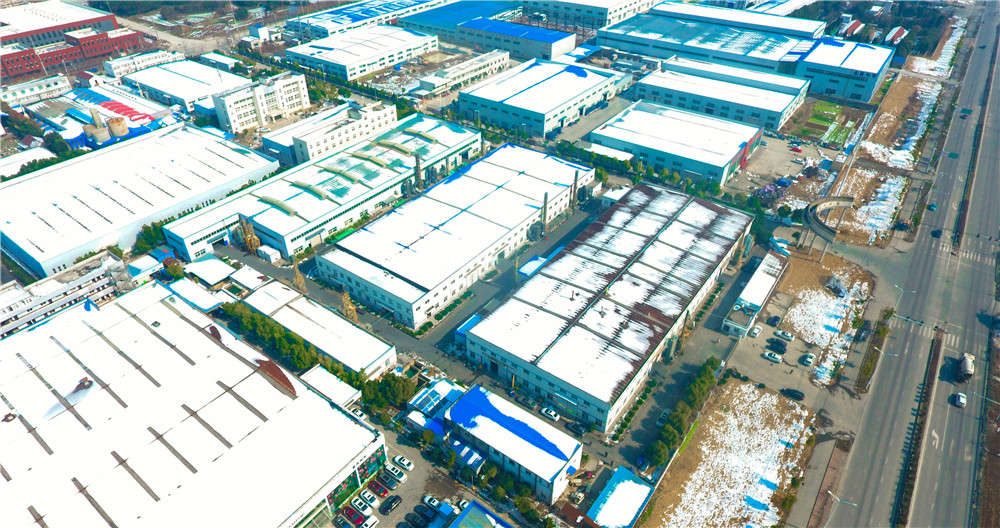 Company workshop
Company workshop  Company workshop
Company workshop  Company workshop
Company workshop  Company workshop
Company workshop  Company workshop
Company workshop  Company workshop
Company workshop  Company workshop
Company workshop  Company workshop
Company workshop  Company workshop
Company workshop  Company environment
Company environment  Company environment
Company environment  Company environment
Company environment  Company environment
Company environment  Company environment
Company environment  Company environment
Company environment  Company environment
Company environment  Company environment
Company environment